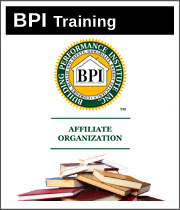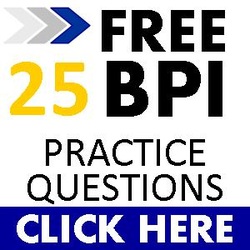Passing the BPI Exam With Energy Auditor Training
STUDY GUIDESA full resource for you to help pass the BPI Exam the first time!
Click for more info... FREE BPI PRACTICE EXAMHere is a link for a free BPI practice exam
GET THE NEWSLETTERTo get FREE updates and information about all the BPI Exams, please enter your name and email below.
|
BPI Written Exam - Section 3 Measurement & Verification of Building Performance14. Recognize Contributing Factors to Comfort Problems
Comfort issues can be from a number of sources such as:
The four factors that affect our comfort are:
Next Section3a. Applied diagnostics and troubleshooting
|

